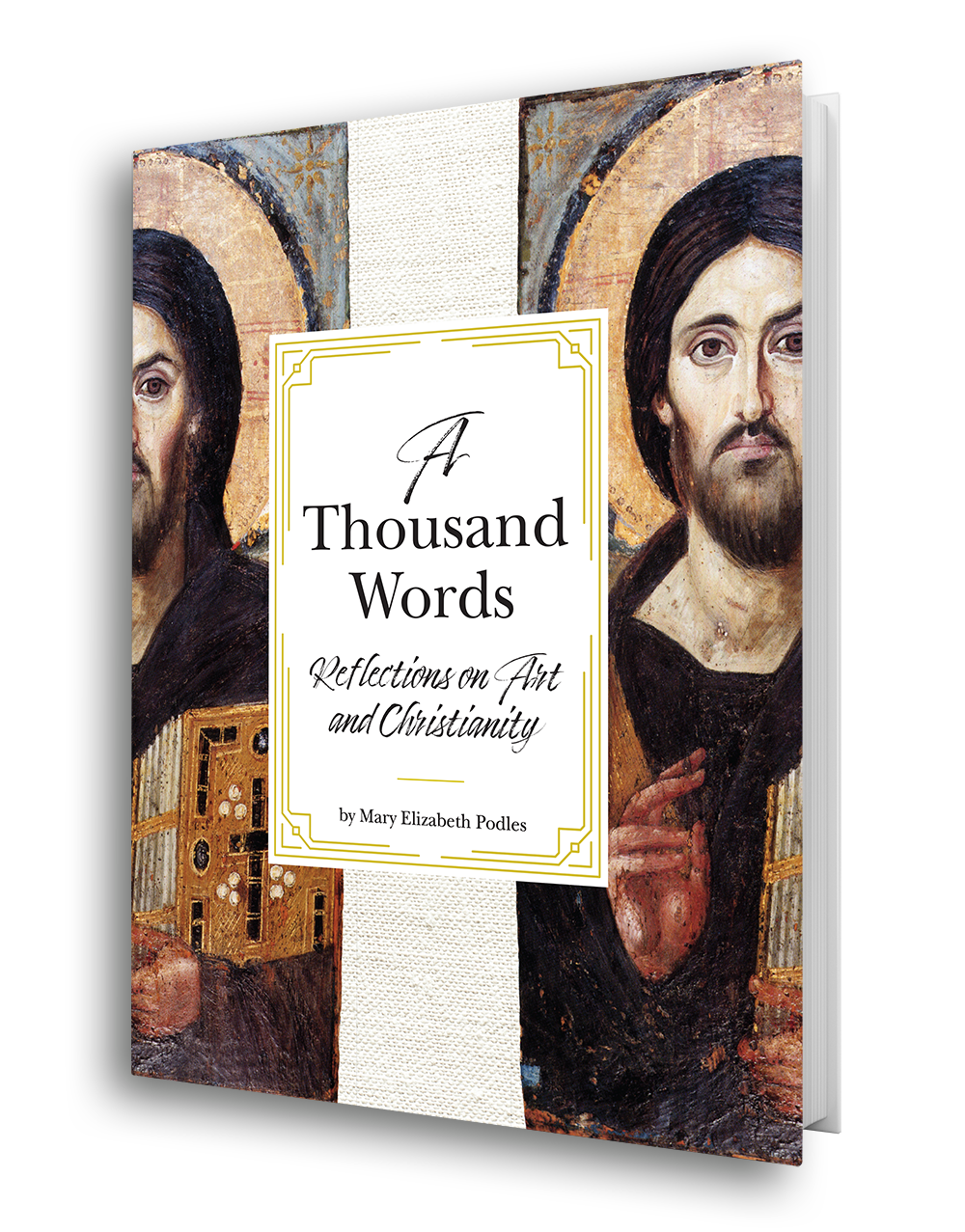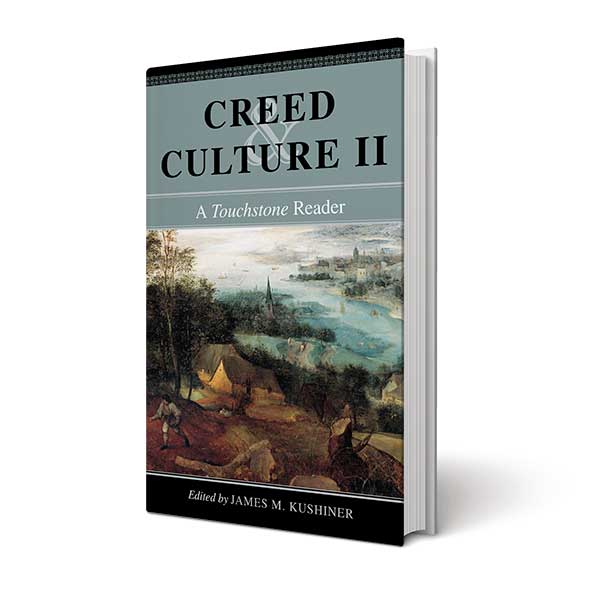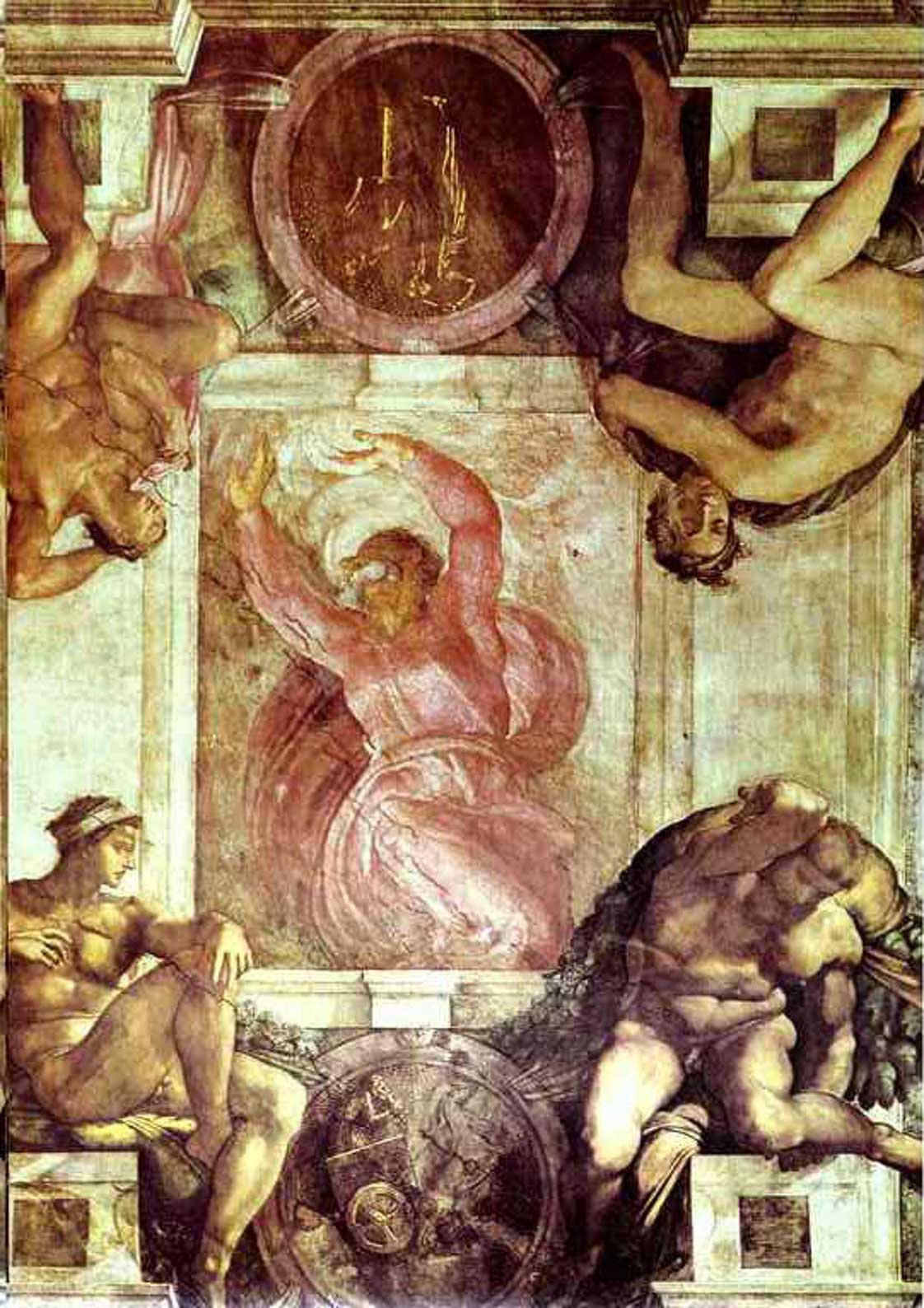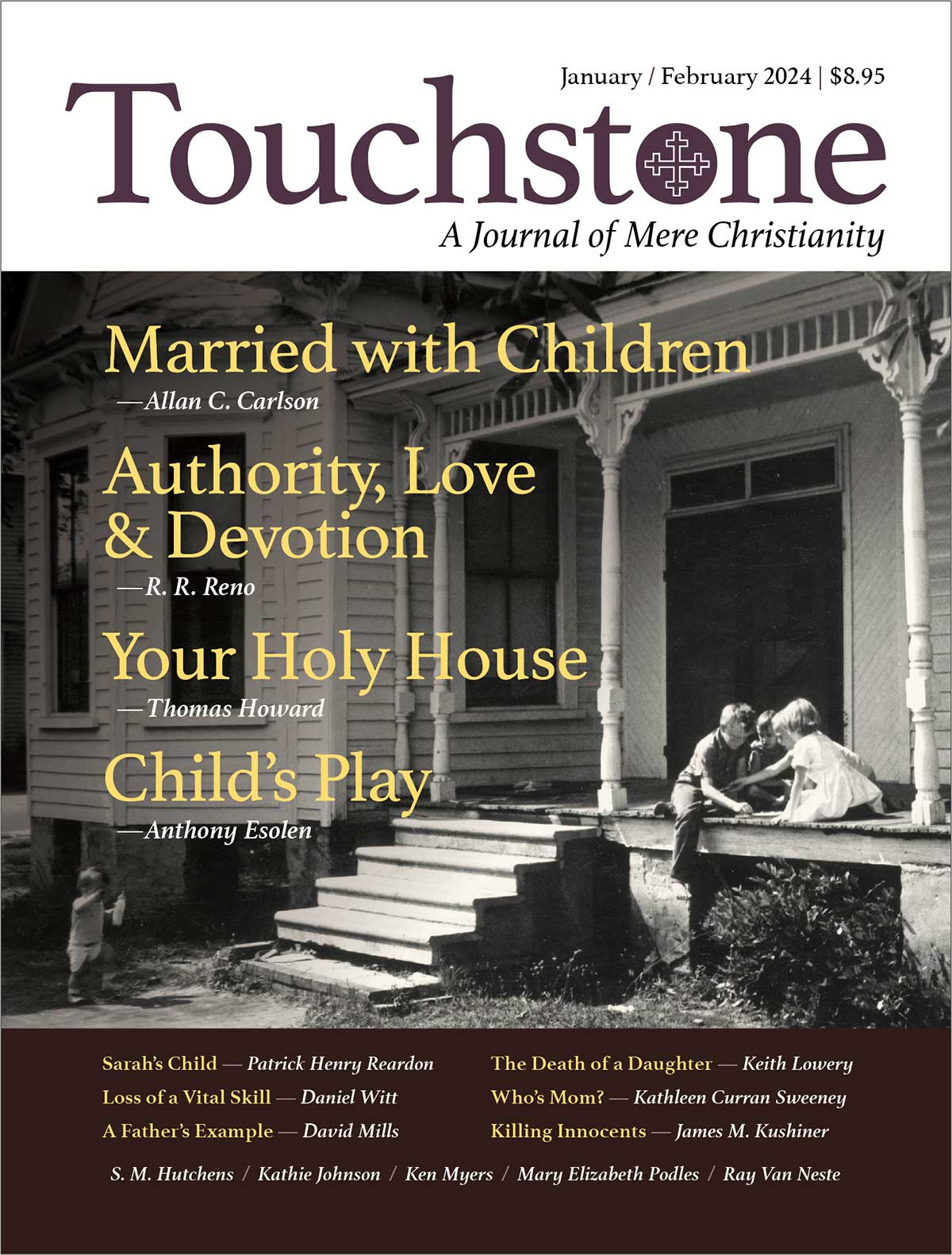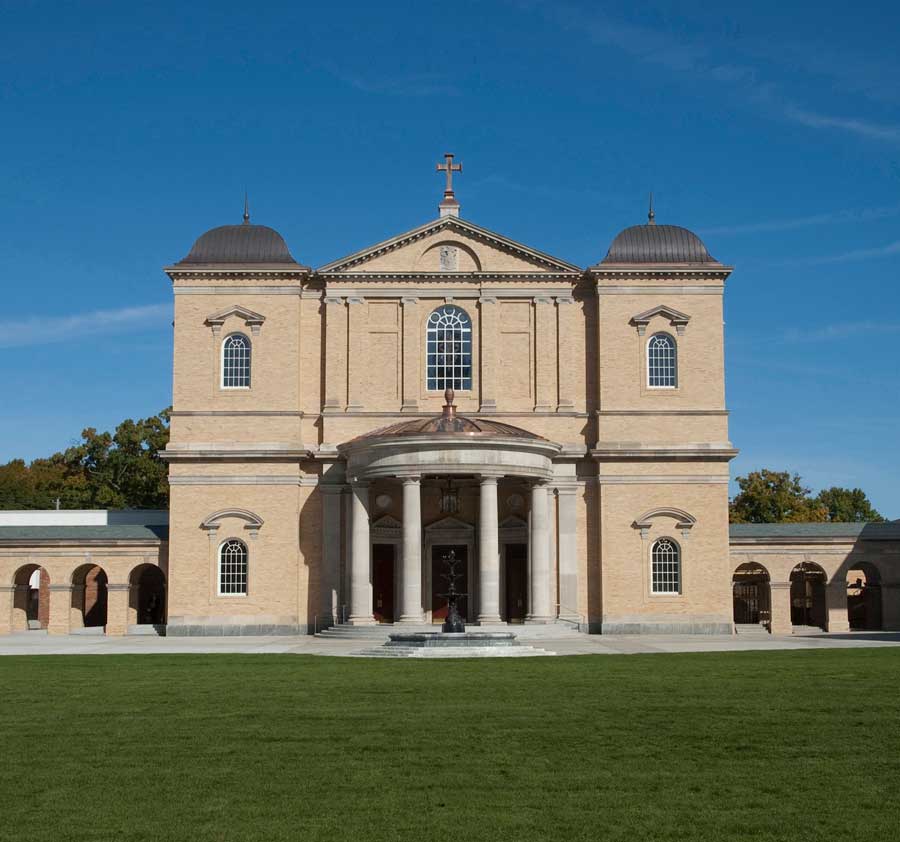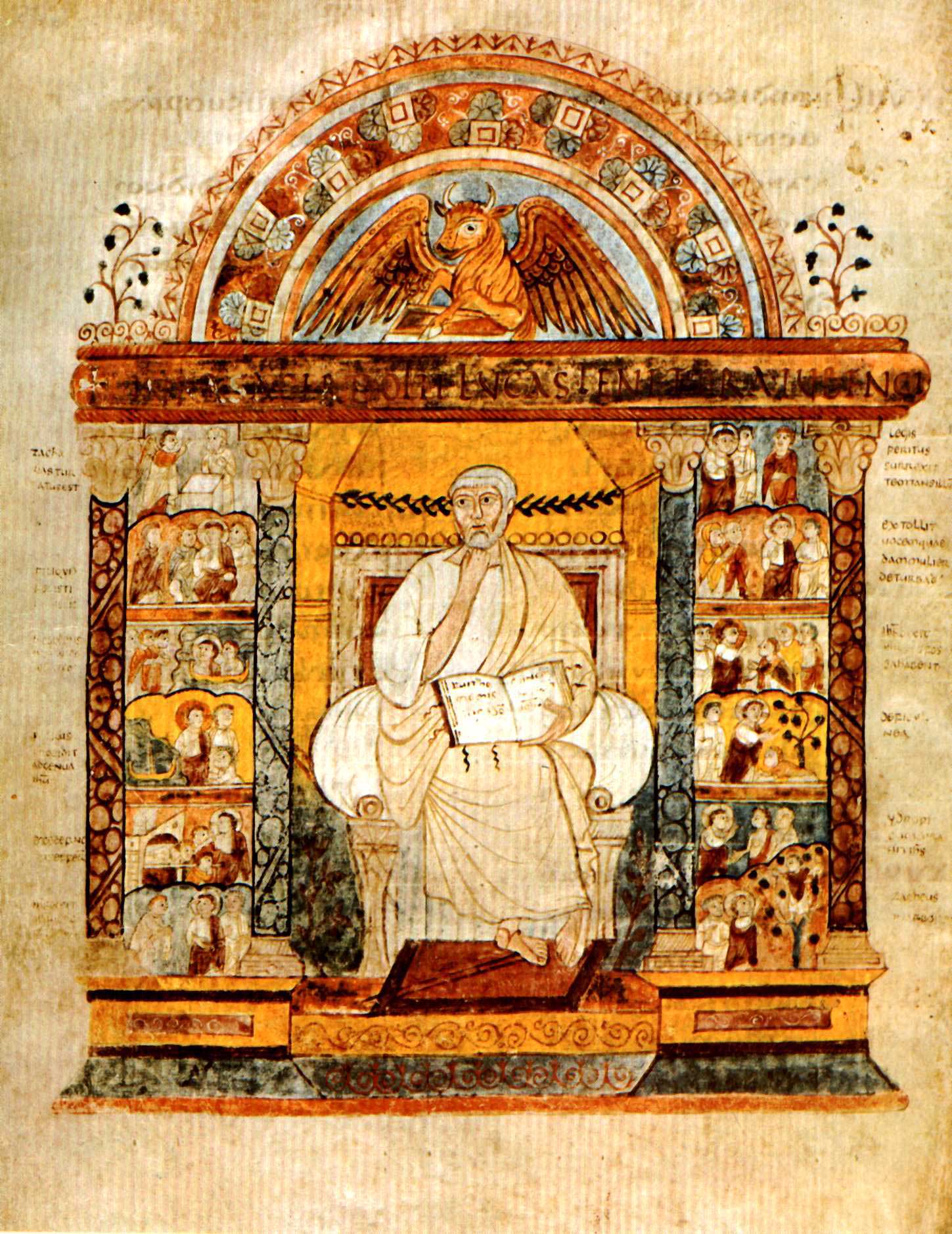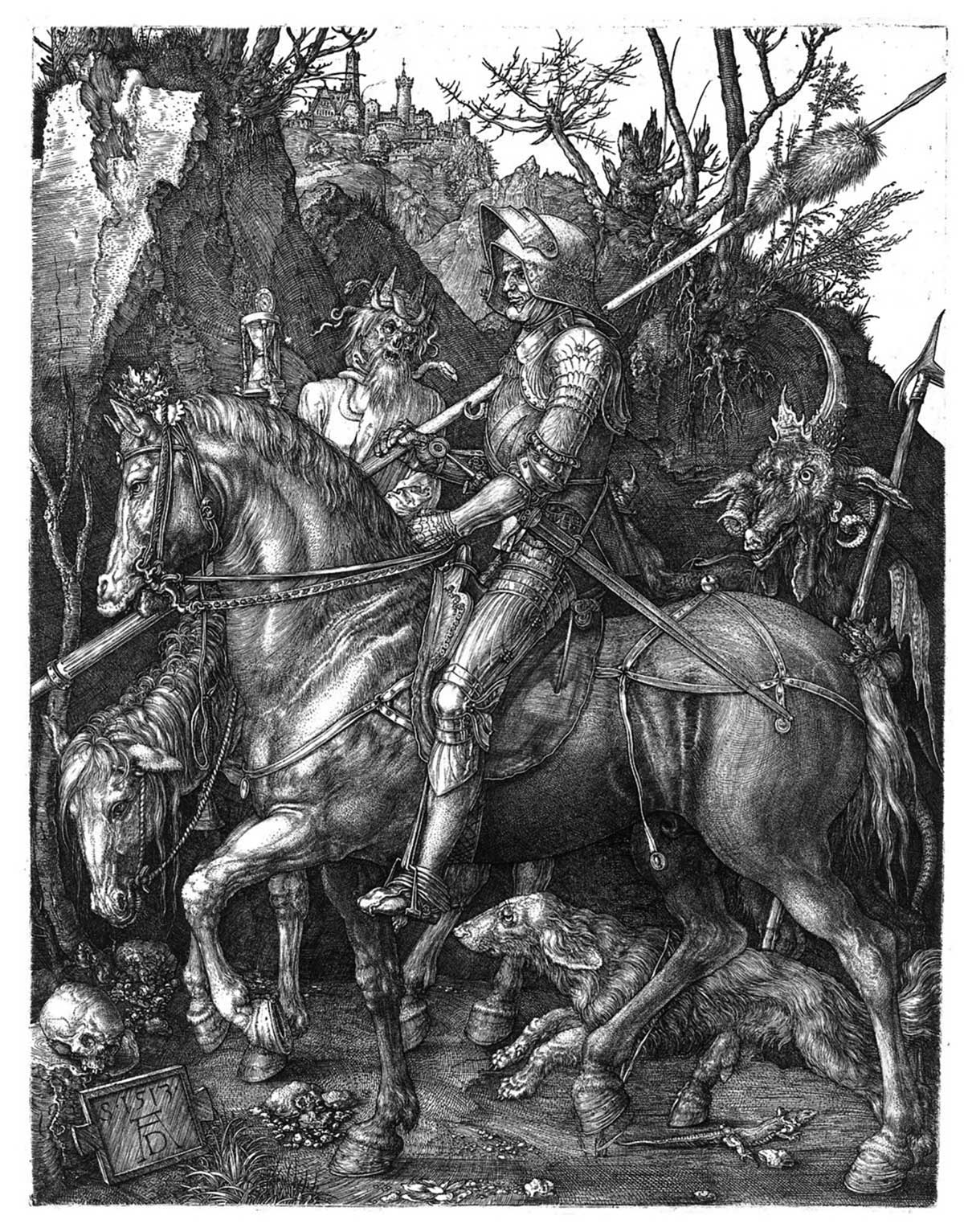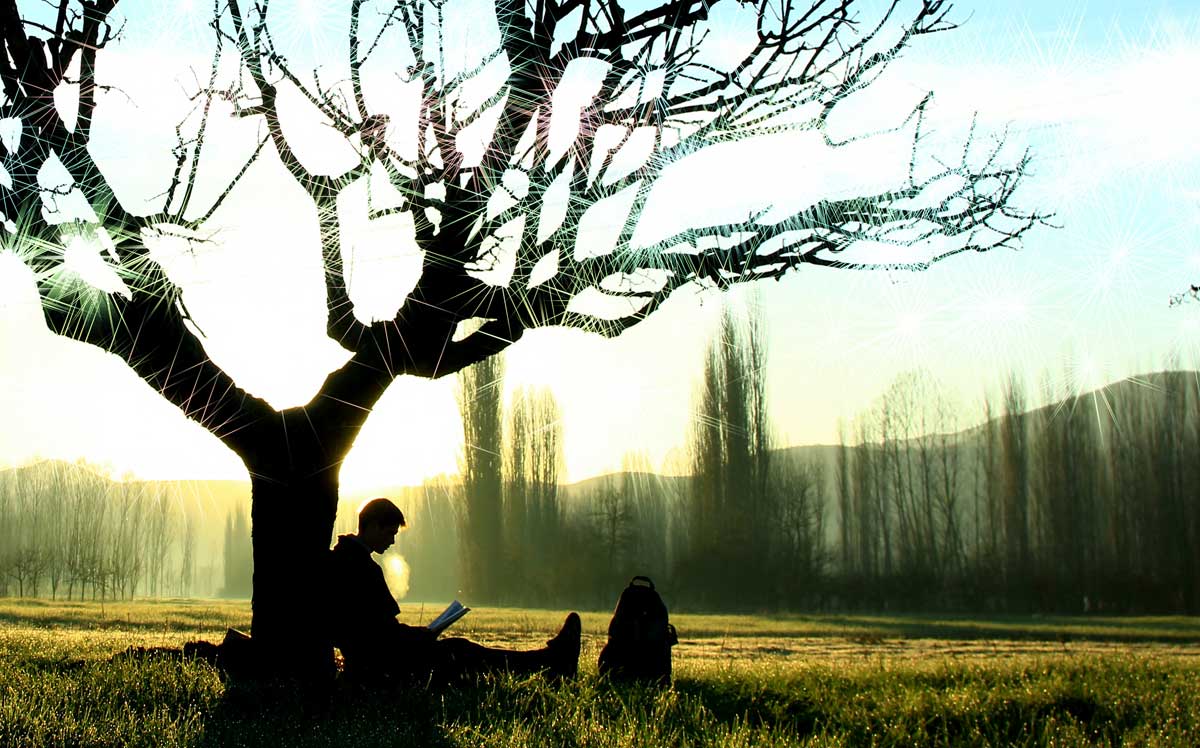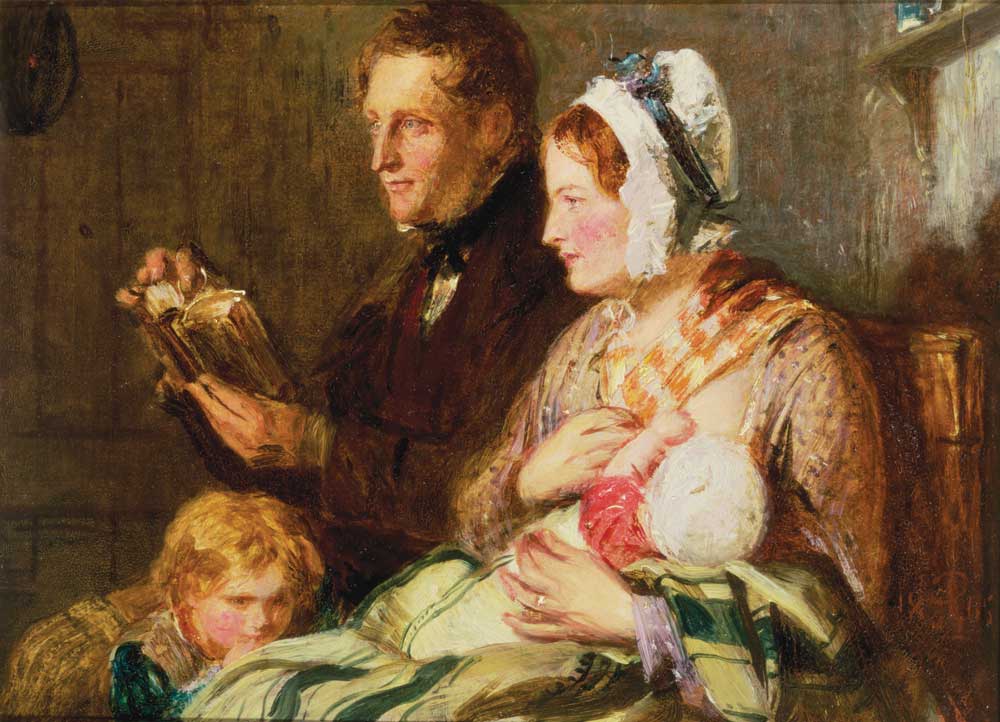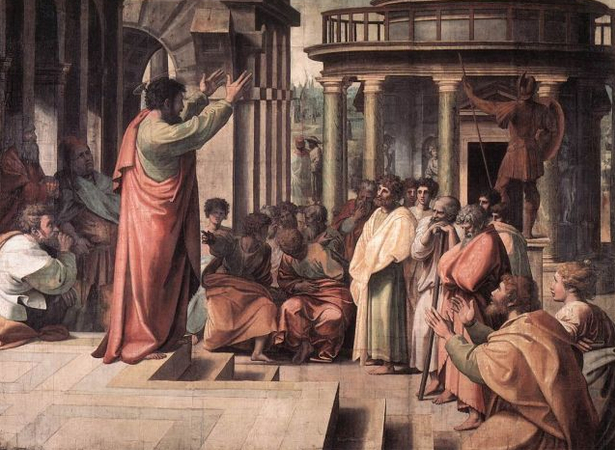Michelangelo’s God Separating the Light from the Darkness
Somewhere in this author’s archives there exists a lunchtime lecture entitled, “The Sistine Chapel Ceiling: I know, I know, but have you ever really looked at it?” Its powerful images have become so familiar that we no longer stop to read them. It’s time to look. In this essay, we will pause at the foot of the altar and look up at God as he separates the light from the darkness.
Presumably we all know the image: Michelangelo’s grand vision of the Creator has shaped our mental image of God the Father for centuries. In medieval imagery, the Creator was represented as the Hand of God alone, but with the Renaissance revival of Classical ideals, he has become a full-blown, muscular, masculine figure. To Michelangelo, man was the highest measure of creation; if man was made in God’s image, then God could be represented as the perfect, ideal figure of man. And he is set in the perfect contrapposto pose, balanced, but at the same time dynamic, his solidity and simultaneous motion representing the perfect being and action of God. With one hand, he pushes back the darkness of chaos, while the other, brilliantly lit, brings the light into being. Yet the figure of God, which unlike the rest of the ceiling is seen from below, is also lit from below, as if light were emanating from the altar directly beneath him.
The Angels of Day & Night
Thus does Michelangelo give life to the first chapter of Genesis: “And God said, ‘Let there be light,’ and there was light. And God separated the light from the darkness.” But he does not stop there. The verses continue, “God called the light Day, and the darkness he called Night. And there was evening, and there was morning, the first day.”
THIS ARTICLE ONLY AVAILABLE TO SUBSCRIBERS.
FOR QUICK ACCESS:
Mary Elizabeth Podles is the retired curator of Renaissance and Baroque art at the Walters Art Museum in Baltimore, Maryland. She is the author of A Thousand Words: Reflections on Art and Christianity (St. James Press, 2023). She and her husband Leon, a Touchstone senior editor, have six children and live in Baltimore, Maryland. She is a contributing editor for Touchstone.
subscription options
Order
Print/Online Subscription
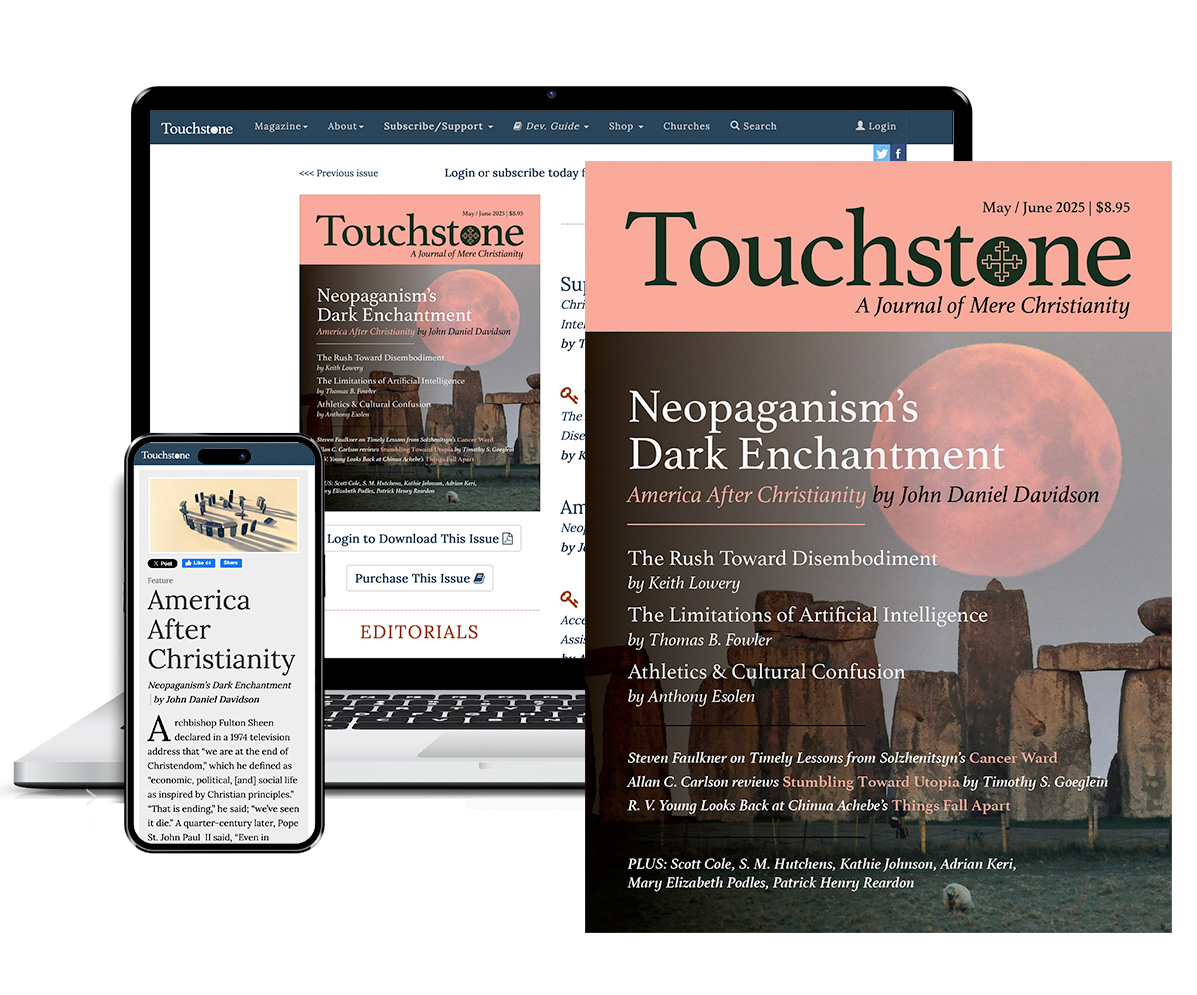
Get six issues (one year) of Touchstone PLUS full online access including pdf downloads for only $39.95. That's only $3.34 per month!
Order
Online Only
Subscription
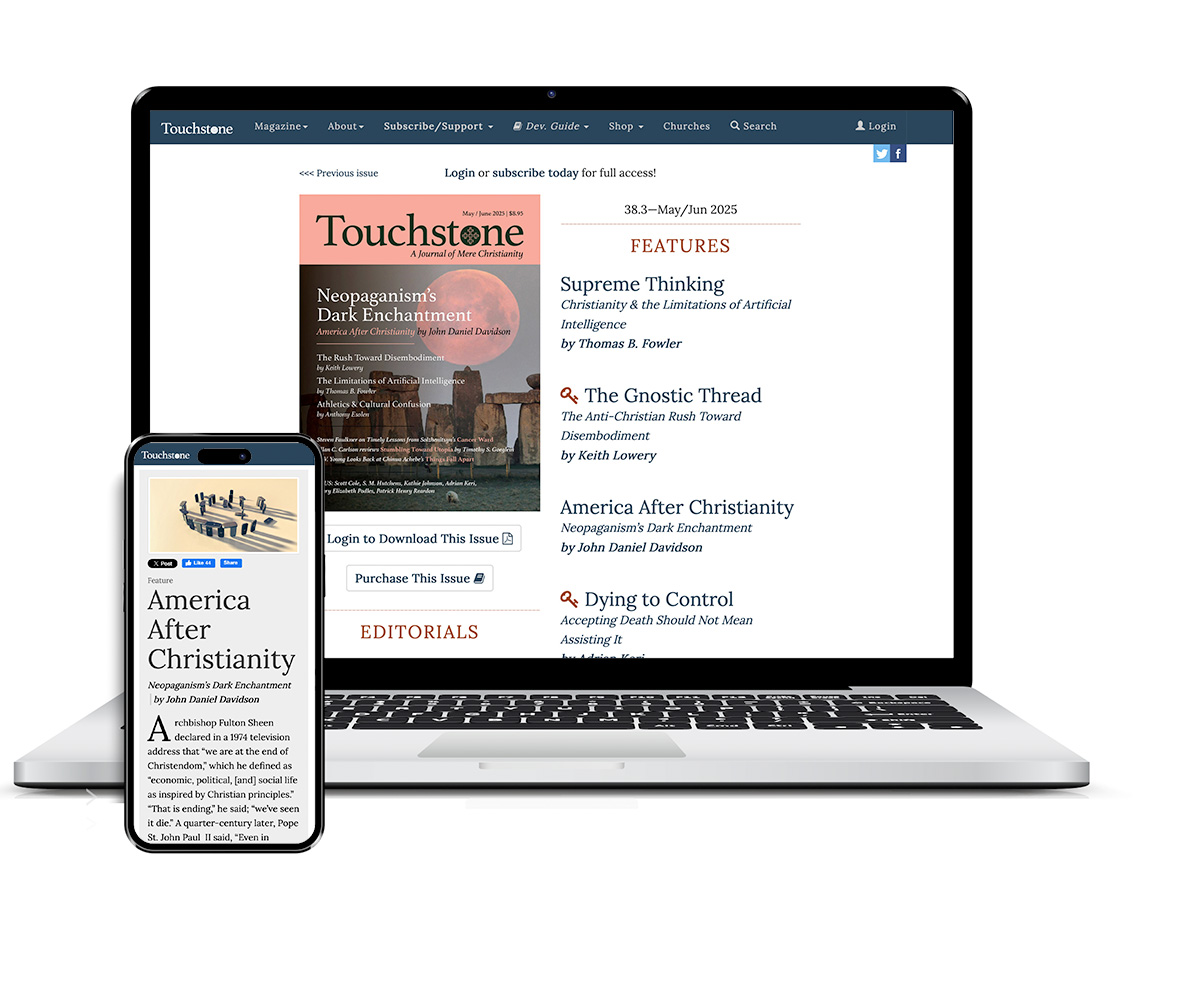
Get a one-year full-access subscription to the Touchstone online archives for only $19.95. That's only $1.66 per month!
bulk subscriptions
Order Touchstone subscriptions in bulk and save $10 per sub! Each subscription includes 6 issues of Touchstone plus full online access to touchstonemag.com—including archives, videos, and pdf downloads of recent issues for only $29.95 each! Great for churches or study groups.
Transactions will be processed on a secure server.
more on Art from the online archives
more from the online archives
calling all readers
Please Donate
"There are magazines worth reading but few worth saving . . . Touchstone is just such a magazine."
—Alice von Hildebrand
"Here we do not concede one square millimeter of territory to falsehood, folly, contemporary sentimentality, or fashion. We speak the truth, and let God be our judge. . . . Touchstone is the one committedly Christian conservative journal."
—Anthony Esolen, Touchstone senior editor



